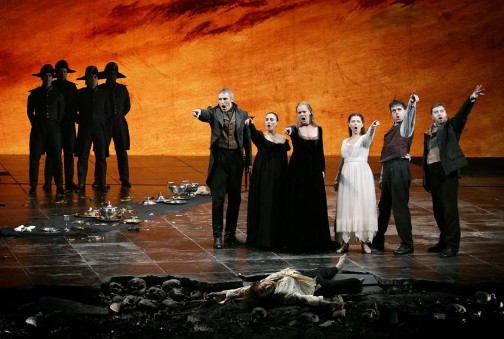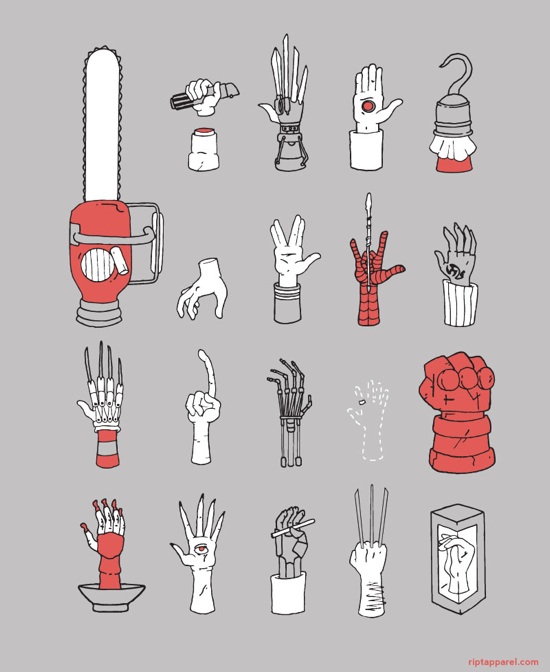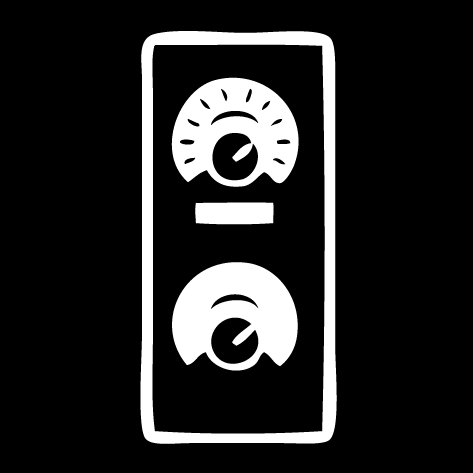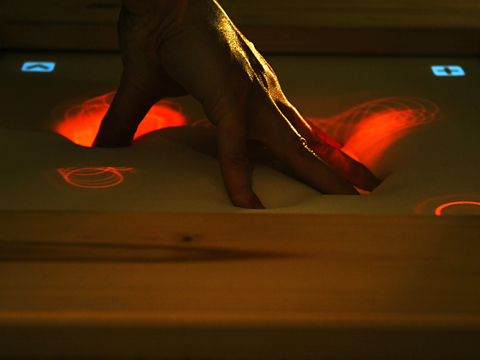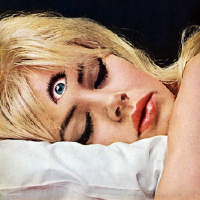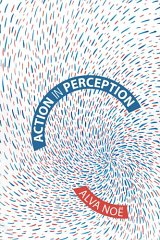skill
The Hand
On 04, Jun 2009 | One Comment | In art, books, cognition, neuroscience, physiology, tactility | By David Birnbaum
 The Hand by Frank Wilson is a rare treat. It runs the gamut from anthropology (both the cultural and evolutionary varieties), to psychology, to biography. Wilson interviews an auto mechanic, a pupeteer, a surgeon, a physical therapist, a rock climber, a magician, and others—all with the goal of understanding the extent to which the human hand defines humanness.
The Hand by Frank Wilson is a rare treat. It runs the gamut from anthropology (both the cultural and evolutionary varieties), to psychology, to biography. Wilson interviews an auto mechanic, a pupeteer, a surgeon, a physical therapist, a rock climber, a magician, and others—all with the goal of understanding the extent to which the human hand defines humanness.
Wilson is a neurologist who works with musicians who have been afflicted with debilitating chronic hand pain. As he writes about his many interviews, a few themes emerge that are especially relevant to our interests here.
Incorporation
Incorporation is the phenomenon of internalizing external objects; it’s the feeling that we all get that a tool has become one with our body.
The idea of “becoming one” with a backhoe is no more exotic than the idea of a rider becoming one with a horse or a carpenter becoming one with a hammer, and this phenomenon itself may take its origin from countless monkeys who spent countless eons becoming one with tree branches. The mystical feel comes from the combination of a good mechanical marriage and something in the nervous system that can make an object external to the body feel as if it had sprouted from the hand, foot, or (rarely) some other place on the body where your skin makes contact with it…
The contexts in which this bonding occurs are so varied that there is no single word that adequately conveys either the process or the many variants of its final form. One term that might qualify is “incorporation”—bringing something into, or making it part of, the body. It is a commonplace experience, familiar to anyone who has ever played a musical instrument, eaten with a fork or chopsticks, ridden a bicycle, or driven a car. (p. 63)
Projection
Projection is the ability to use the hand as a bridge for projecting consciousness from one location to another. (Wilson did not use the word “projection” in the book.) In some ways, projection can be seen as the opposite of incorporation. Master puppeteer Anton Bachleitner:
It takes at least three years of work to say you are a puppeteer. The most difficult job technically is to be able to feel the foot contact the floor as it actually happens. The only way to make the puppet look as though it is actually walking is by feeling what is happening through your hands. The other thing which I think you cannot really train for, but only can discover with very long practice and experience, is a change in your own vision.The best puppeteer after some years will actually see what is happening on the stage as if he himself was located in the head of the puppet, looking out through the puppet’s eyes—he must learn to be in the puppet. This is true not only in the traditional actor’s sense, but in an unusual perceptual sense. The puppeteer stands two meters above the puppet and must be able to see what is on the stage and to move from the puppet’s perspective. Moving is a special problem because of this distance, because the puppet does not move at the same time your hand does. Also, there can be several puppets on the stage at the same time, and to appear realistic they must react to each other as they would in real life. So again the puppeteer must himself be mentally on the stage and able to react as a stage actor would react. This is something I cannot explain, but it is very imprortant for a puppeteer to be able to do this. (pp. 92–93)
Serge Percelly, professional juggler:
[An act is successful] not because you put something in the act that’s really difficult, but because you put something in the act in exactly the right way—in a way that makes it more interesting, not only for me but for the audience as well. I’m just trying somehow to do the act that I would have loved to see. (p. 111)
Skill
Wilson is a musician and a doctor to musicians, so he has special insight into the neurology of musical skill—which he recognizes as special case of manual skill that involves gesture, communication, and emotion.
Musical skill provides the clearest example and the cleanest proof of the existence of a whole class of self-defined, personally distinctive motor skills with an extended training and experience base, strong ties to the individual’s emotional and cognitive development, strong communicative intent, and very high performance standards. Musical skill, in other words, is more than simply praxis, ordinary manual dexterity, or expertness in pantomime. (p. 207)
The upper-limb (or “output”) requirements for an instrumentalist are not unique either; they depend upon the possession of arms, fingers, and thumbs, specific but idiosyncratic limits on the rage of motion at the shoulder, elbow, wrist, hand, and finger joints, variable abilities to achieve repetition rates and forces with specific digital configurations in sequence at multiple contact points on a sound-making device, and so on. Peculiarities in the physical configuration and movement capabisities of the musician’s limbs can be an advantage or disadvantage but are reflected in (and in adverse cases can be overcome through) instrument design: How wide can you make the neck of a guitar? How far apart should the keys be on a piano? Where should the keys be placed on a flute—in general? and for Susan and Peter? (p. 225)
Awareness
Touch experience can be a gateway to awareness, which can in turn heal both the mind and the body. Moshe Feldenkrais invented a form of physical therapy that focuses on stimulating an awareness of touch and movement sensations in order to relieve pain.
Most people slouch, tilt, shuffle, twist, stumble, and hobble along. Why should that be? Was there something wrong with their brains? After considering what dancers and musicians go through to improve control of their movements, [Feldenkrais] guessed that people must either be ignorant of the possibilities or refuse to act on them. So they just heave themselves around, lurching from parking place to office to parking place, utterly oblivious to what they are doing, to their appearance, and even to the sensations that arise from bodily movement. He suspected that people just lose contact with their own bodies. If and when they do notice, it is because they are so stiff that they can’t get out of bed or are in so much pain that they can barely get out of a chair. Then they start noticing…
What [Feldenkrais] was doing did not seem complicated. The goal of the guided movements was not to learn how to move, in the sense of learning to do a new dance step. The goal was not to stretch ligaments or muscles. It was not to increase strength. The goal, as he saw it, was to get the messages moving again and to encourage the brain to pay attention to them. (p. 244)
And his student, Anat Baniel, on the deep psychological roots of movement disorders:
I think working with children has given me this idea, which isn’t often discussed in medicine: a lot of disease—medical disease and emotional “dis-ease”—is an outcome of a lack of full development. It’s not something we can get to just by removing a psychological block…
Of course there are problems due to traumatic events in childhood, or disease—you name it. Feldenkrais said that ideal development would happen if the child was not opposed by a force too big for its strength. When you say to a small child, “Don’t touch that, it’s dangerous!” you create such a forceful inhibition that you actually distort the child’s movement, and growth, in a certain way.
Feldenkrais taught us to look for what isn’t there. Why doesn’t movement happen in the way that it should, given gravity, given the structure of the body, given the brain? For all of us there is a sort of sphere, or range, of movement that should be possible. Some people get only five or ten percent of that sphere, and you have to ask, “What explains the difference between those who get very little and those who get a lot?” Feldenkrais said that the difference is that in the process of development, the body encountered forces that were disproportionate to what the nervous system could absorb without becoming overinhibited—or overly excited, which is a manifestation of the same thing. (p. 252)
Feldenkrais’s approach is fascinating, but there is scant discussion in Wilson’s book about the role of the therapist’s hand in this process. After all, this kind of therapy is wholly reliant on an accidental discovery: that the patient can be made aware of her own body through an external, expert hand radiating pressure and heat. How is this possible? The topic isn’t explored.
There are many, many wonderful things to learn from this book for anyone with an interest in biology, art, music, history, or sports. You can find Frank Wilson on the web at Handoc.com
Skill and specificity
On 14, Dec 2008 | No Comments | In cognition | By David Birnbaum
Older adults who play the strategy game “Rise of Nations” develop an improvement in general cognitive function:
Decades of laboratory studies designed to improve specific cognitive skills, such as short-term memory, have found again and again that trainees improve almost exclusively on the tasks they perform in the lab – and only under laboratory conditions, Kramer said.
“When you train somebody on a task they tend to improve in that task, whatever it is, but it usually doesn’t transfer much beyond that skill or beyond the particular situation in which they learned it,” he said. “And there are virtually no studies that examine whether there’s any transfer outside the lab to things people care about.”
But my understanding is that there has been lots of research (PDF, 369 KB) indicating that artistic development improves other cognitive domains pretty well. Is this new result surprising because we associate video games with wasted time rather than art making?
Enactive perception
On 27, Feb 2008 | No Comments | In books | By David Birnbaum
I just finished Action In Perception by Alva Noë. It’s a very readable introduction to the enactive view of perceptual consciousness, which argues that perception neither happens in us nor to us; rather, it’s something we do with our bodies, situated in the physical world, over time. Our knowledge of the way in which sensory stimulation varies as we control our bodies is what brings experience about. Without sensorimotor skill, a stimulus cannot constitute a percept. Noë presents empirical evidence for his claim, drawing on the phenomenology of change blindness as well as tactile vision substitution systems. I highly recommend the book.
The emphasis on embodied experience leads to the use of touch as a model for perception, rather than the traditional vision-based approach. Here’s an excerpt:
Touch acquires spatial content—comes to represent spatial qualities—as a result of the ways touch is linked to movement and to our implicit understanding of the relevant tactile-motor dependencies governing our interaction with objects. [Philosopher George Berkeley] is right that touch is, in fact, a kind of movement. When a blind person explores a room by walking about in it and probing with his or her hands, he or she is perceiving by touch. Crucially, it is not only the use of the hands, but also the movement in and through the space in which the tactile activity consists. Very fine movements of the fingers and very gross wanderings across a landscape can each constitute excercises of the sense of touch. Touch, in all such cases, is movement. (At the very least, it is movement of something relative to the perceiver.) These Berkeleyan ideas form a theme, more recently, in the work of [Brian O'Shaughnessy's book "Consciousness and World"]. He writes: “touch is in a certain respect the most important and certainly the most primordial of the senses. The reason is, that it is scarely to be distinguished from the having of a body that can act in physical space”…But why hold that touch is the only active sense modality? As we have stressed, the visual world is not given all at once, as in a picture. The presence of detail consists not in its representation now in consciousness, but in our implicit knowledge now that we can represent it in consciousness if we want, by moving the eyes or by turning the head. Our perceptual contact with the world consists, in large part, in our access to the world thanks to our possession of sensorimotor knowledge.
Here, no less than in the case of touch, spatial properties are available due to links to movement. In the domain of vision, as in that of touch, spatial properties present themselves to us as “permanent possibilities of movement.” As you move around the rectangular object, its visible profile deforms and transforms itself. These deformations and transformations are reversible. Moreover, the rules governing the transformation are familiar, at least to someone who has learned the relevant laws of visuomotor contingency. How the item looks varies systematically as a function of your movements. Your experience of it as cubical consists in your implicit understanding of the fact that the relevant regularity is being observed.
Virtual and augmented reality interface design practices have already begun to demonstrate these concepts. Head mounted augmented reality displays sense the user’s eye and body movements to construct virtual percepts. Head related transfer functions (HRTFs) synthesize sound as it would be heard by an organism with certain physical characteristics, in a particular environment. It seems to me that an important implication for enactive interface design is that haptic sensory patterns can lead to perceptual experience in all sensory modes (vision, hearing, touch). Thus, all human-computer interaction/user experience can be viewed in a haptic context.
